Last updated on June 14, 2016
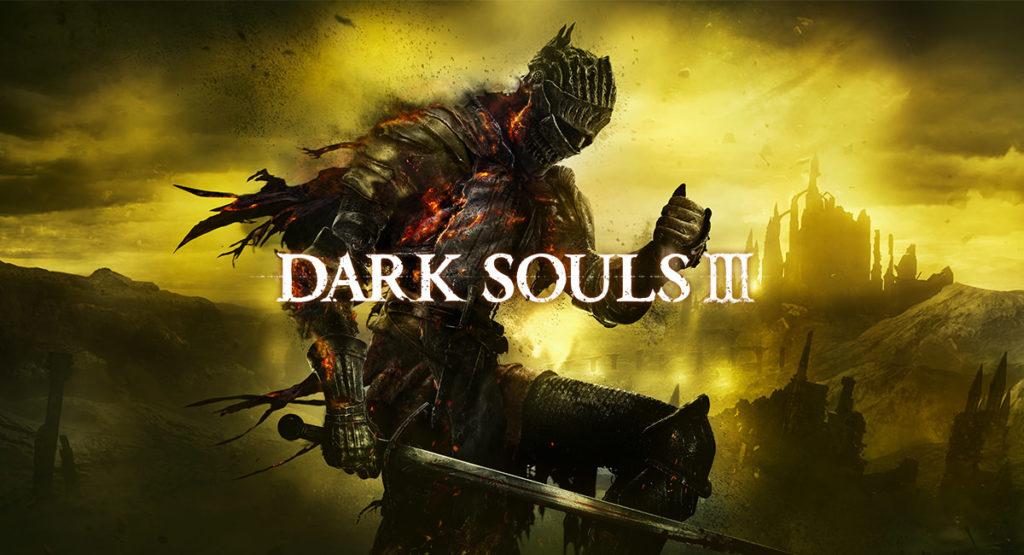
At least in my mind, Dark Souls III exists as both a beneficiary and victim of expectation and circumstances. As both a sequel to a game that, really, didn’t demand any, and supposedly a cap on the series (with Hidetaka Miyazaki back at the helm), Dark Souls III can’t really hit that nerve the way that the previous 4 games (Bloodborne included) can. While it certainly doesn’t hurt sales by any means, the 1-2-3 punch of three years of Souls games necessarily dilutes the uniqueness of each, and means that none of these games really received the love and care that Demon’s and Dark Souls received over their development cycle. Really, it seems increasingly clear that those two games were just lightning in a bottle with their strange, experimental designs. Dark Souls is now a franchise, and a franchise rarely surprises.
None of this is to say Dark Souls III doesn’t provide a quality video game experience. Miyazaki’s return certainly sets the ship aright on more than a few components of the core “Souls” experience, especially in terms of combat and environmental design. But, at this point, the Souls series rests on what makes it work, rather than trying for a fundamentally new experience. This, I wager, is why we’re not going to see another Souls-related game for a while, and I’m glad for that! What we have here is iteration – good iteration, but iteration nonetheless. If this is your first Souls game, just bump up the rating a star and that’ll be just about right. For the rest of us, though, there’s both good and bad to be found in Dark Souls III. Let’s begin with the basics.
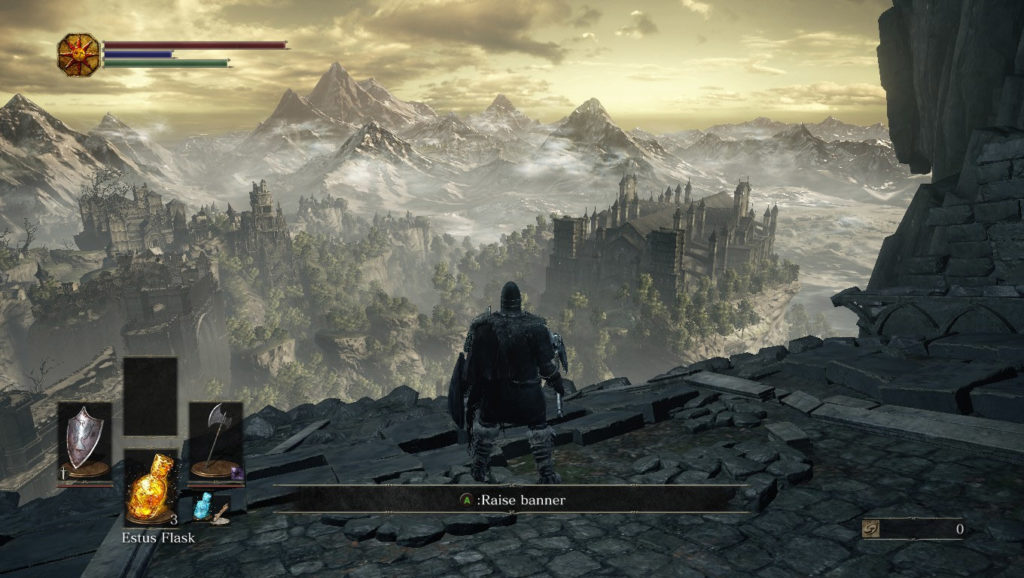
Exploration
In the most basic sense, Dark Souls is really a simple game based on a simple premise. The difficulty arises not from actual dexterity and/or reflexes, but knowledge. I imagine that’s why everyone has their favorite in the series, and it’s usually the first one they play. Because so much is obscured, strange, and new, and since the game doesn’t bother to actively teach you, you figure things out as you go. If you’ve got a strange build, you may find boss X harder than boss Y, and that’s part of the fun for new players.
However, once you do have a general knowledge of how the game works, everything becomes very, very easy as long as you’re paying attention. That’s why Dark Souls becomes so easy after Ornstein and Smough – there’s really not much more they can throw at you after that point, and leveling up/equipment upgrades turn cheap and easy at the end. Since it’s an RPG, they can’t really balance it in the same way a strict combat-action game has to work, and so there’s always going to be a problem with the back end of Souls games.
Every boss has a weakness, and you can figure it out once you’re familiar with everything. Then again, some people might not have access to an ultra great sword due to stats. Experimentation is key, as is knowing your options. That goes for story and lore too, as it mostly doles out in cryptic dialogue, environmental clues, and item descriptions. You gotta work for your story and your understanding of this mysterious world.
So the basic tenet of Dark Souls consists in exploring in a number of ways – fine and dandy. Dark Souls III actually goes far in the opposite direction of its immediate predecessors by making everything very clear: the first tutorial area, which is quite short, immediately throws you into a boss fight after a short while. Dark Souls III wants you to know: this is hard, challenging, and difficult, but rewards lie after accomplishment. You then proceed to yet another Firelink Shrine (the first of many, many, MANY callbacks to the first game), and everyone tells you straight out what you must do. Return those Lords of Cinders to their thrones so we can light the bonfire, they say, and so you go do just that. At least from a lore perspective, there’s not much in the way of mystery or nuance to what, exactly, you’re doing. There’s a conspicuous nature to Dark Souls III’s design, almost as if the game self-awarely knows that we’ve done all this before.
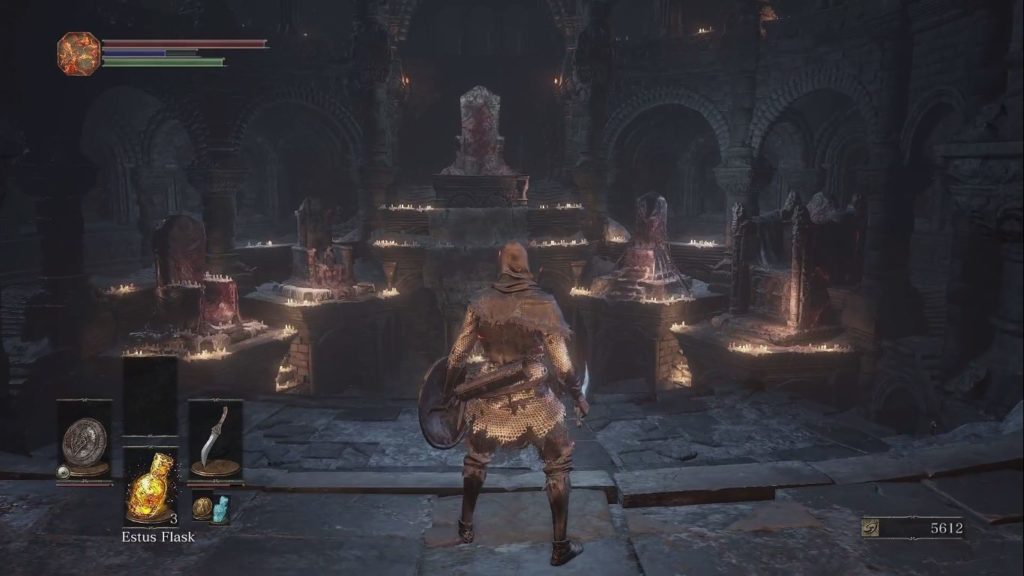
I suppose we could consider it relatively similar to the first game, but your objective seems so straightforward by comparison that it’s a little stunning. There’s exactly one area to traverse at the beginning, and there’s no deviation from that path. I like to think of the High Wall of Lothric as “training wheels” – every player, once again, needs to prove they can conquer this area and its boss before proceeding to a more open progression system. You don’t get the sense that you’re not supposed to be here, that the land is hostile. Rather, the guiding hand of the developer is prodding you towards “the good stuff”. That’s both good and bad for a series that could once rely on cryptic dialog and vague item descriptions to lead the player towards certain objectives and secret paths.
Thankfully, at least all the locations are memorable in some respect. You could make the case that they’re all vaguely “medieval”, but I remember these areas far better than those of Dark Souls II’s endless set of drably colored corridors. Dark Souls and Demon’s Souls alike forced you, through constant carefulness, to know the ins and outs of every single section. That also applies here, to my great delight, and finding shortcuts once again becomes a fun little game in and of itself. Trust me, these areas are expansive and dangerous enough that, like the earlier games, you’ll be begging for a bonfire.
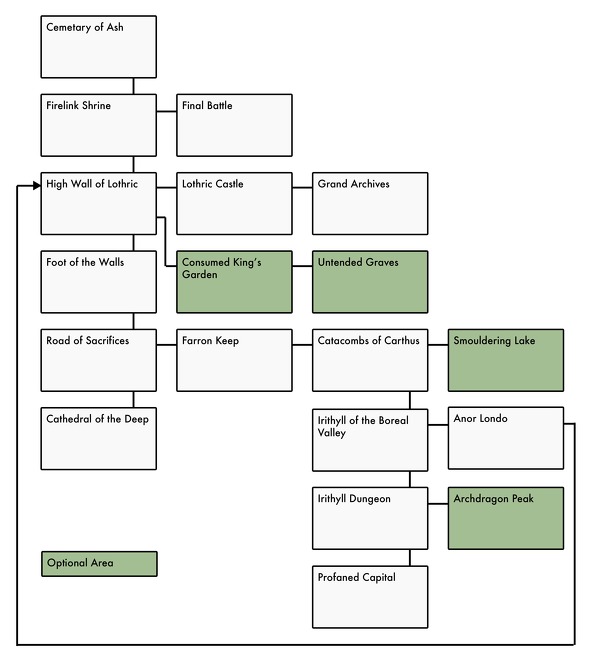
Level Design
As implied earlier, the level design hearkens back to the first Dark Souls; however, it also cribs certain systems from Dark Souls II, which doesn’t exactly improve things. As a hybrid, it pleases no one.
First and foremost. I would say the level design hits the same level of quality as Dark Souls I. While not as vertically connected and maze-like as that of the first game, I like to think of it as a more horizontal version of the same design principle. However, we could call Dark Souls a bit “boxy” in its design; Dark Souls III, by comparison, feels much more organic, if slightly unnatural for lore reasons. Areas duck and weave into vertical shapes, but the entire map of Dark Souls III goes more for plateaus and vistas than simply a giant tower of “stuff”. Unlike Dark Souls II, there’s plenty of variation in elevation, height, and movement between floors, which gives a sense of expansive land formations and architecture. In simple terms, it feels like an expansive world, and I’ve missed than feeling from the first game a lot!
Unfortunately, Dark Souls III saddles itself with Dark Souls II’s bonfire teleportation system. For those not in the know, the game allows you to teleport to ANY bonfire in the entire game as long as you use that particular bonfire once. More than likely they kept this due to the burden of time necessary to created an interconnected map, but it’s still a disappointment. More and more, the design of Dark Souls I appears like a giant fluke, and we’re never going to return to that sense of danger.
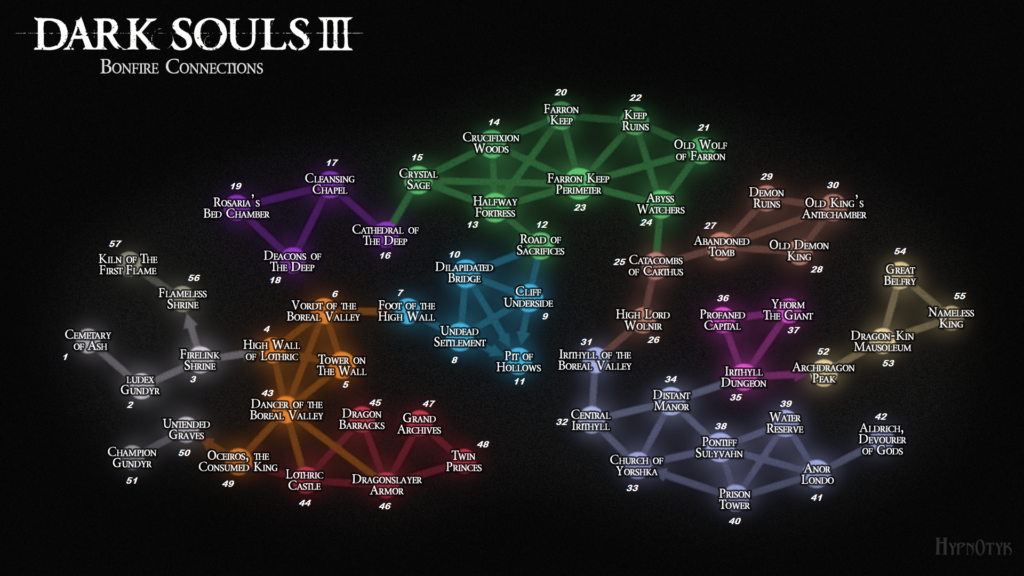
Not surprisingly, the bonfire teleportation removes the tension from some sections. Unlike Dark Souls II, they spread a smaller number of bonfires over a much wider area, which certainly helps increase the difficulty. Still, teleportation adds convenience at the expense of tension. Because Dark Souls and Demon’s Souls placed such safe havens so far from each other, there was a real risk moving from one to the other. You could die or lose your souls as you plumbed the unknown. It was scary and exhilarating. While not as “easy mode” as Dark Souls II’s “bonfire every five seconds” mantra, the ability to warp to home base at any time creates a similar lack of difficulty Dark Souls II.
Thankfully, traversing the area between bonfires isn’t so easy. Many more areas use shortcuts instead of multiple bonfires, so there’s still a good sense of dread in exploring an area. The High Wall of Lothric uses this trope to great effect, as does the actual Lothric Castle. If Dark Souls III tries for a “greatest hits” feel, this are clear nods to earlier games in the Souls series. When the game takes us to spread-out valleys, it’s forced to use multiple bonfires, but they’re almost never close; I honestly wouldn’t be surprised if they timed how long it takes to run between bonfires, as there’s a clear desire to match the original game’s difficulty in exploring the unknown via lack of resources.
Dark Souls III also abandons the arbitrary gating that dominated most of Dark Souls II in favor of a relatively linear, but no less interesting, stage progression. After wandering through the first few areas, nearly every place from there on out allows you to choose one of two paths (that’s on average, by the way). If you’re having trouble with a particular area or boss, go another way! This accommodates the spread-out map design, but also gives the player options. We feel like it’s a journey because we chose our path, rather than being given 4 different paths with almost zero relation to each other. Additionally, every new areas presents a new aesthetic design and enemies to conquer, so you’re not choosing two identical paths.
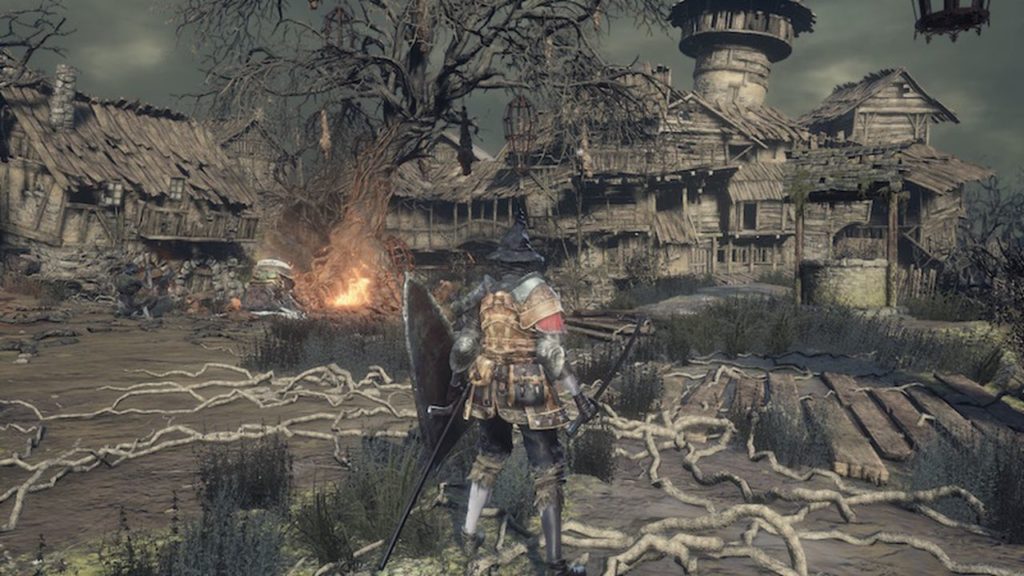
The greatest strength of the new levels really comes down to a lack of repetition. Like the first game, the enemy layouts, patrols, and boss fights seem perfectly paced, and never too dense in their composition. That proved to be a problem in Scholar of the First Sin, where they often just dumped MORE enemies in an area to “fix” the difficulty level. Here, enemies attack fast and furiously, and getting surrounded is a death sentence. The environment augments their assault, and while you’ll get the sense of a Souls ambush over time, it never truly becomes “easier” like Dark Souls II. You simply become better at traversing these landscapes.
Most importantly, the bonfire system does not prevent an engaged familiarity with the levels. I have a good grasp of the world map – perhaps not as much as Dark Souls I, but enough to understand how areas link to each other. Once again, we experience a careful, measured approach which simply didn’t exist in Dark Souls II. The atmosphere is certainly darker, which probably has something to do with it; but, just as often, Dark Souls III plays on your expectations of Souls games to make you work for the victory.
In sum, while the level design isn’t perfect, it definitely hews much closer to the original Dark Souls than Dark Souls II – a good thing by any measure! Even with bonfire teleporting, there’s enough danger and dastardly ambushes (along with some really surprising moments) that it recreates the sense of “Souls” that we all loved more often than not.
